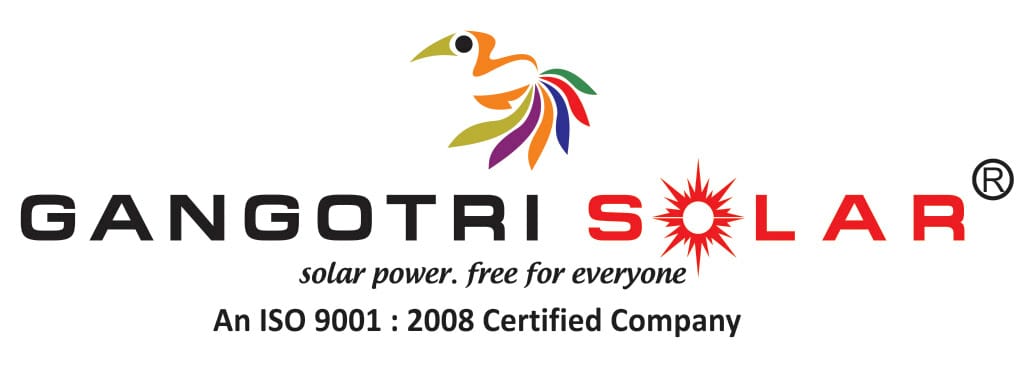When transitioning to solar energy, homeowners can select
between a grid-tied solar system and an off-grid solar system. Because a grid-tied solar system is connected to the city’s power infrastructure, homeowners are advised to utilize an off-grid system to avoid any issues with the city’s electricity grid.
When connected to the electrical grid, power outages can occur for a variety of causes, and they can last anywhere from a few minutes to several weeks, an off-grid solar system may store energy in batteries for use during outages, and households can even withdraw from the grid and rely solely on the system for power.
What is an Off-Grid Solar System?
Because an off-grid system is not connected to the power grid, it requires battery storage. Off-grid solar systems must be appropriately constructed to generate enough power throughout the year and have enough battery capacity to meet the home’s needs, even when sunlight is sparse in the dead of winter.
Going off the grid eliminates the need to pay monthly electric bills. While the system is pricey, the fact that you won’t have to pay any electric bills in the long run is beneficial because it allows you to save money for other things.
Off-grid systems are substantially more expensive than on-grid systems due to the high cost of batteries and off-grid inverters. As a result, they are usually only needed in more rural places that are far from the power grid. However, as battery prices fall, the market for off-grid solar battery systems is expanding, even in cities and towns.
Off-Grid Solar Systems Working
Off-grid solar power systems, also known as stand-alone power systems, are one of the most common forms of solar power systems (SAPS). It operates by using solar panels to generate power, which is then used to charge a solar battery via a charger controller. The electricity is then converted using an inverter to power the appliances in the home or company. It is feasible to power a home on solar energy even at night or when there is less sun exposure by storing electricity in a solar battery.
Because remote areas have little infrastructure, connecting to the electricity grid can be difficult for residents, making off-grid solar systems ideal for such situations. Because solar panels require sunshine to collect electricity, mounting them on roofs is sufficient. Staying off the grid and using solar energy allows people to enjoy the benefits of power without having to pay monthly electric bills or connection fees.
Off-grid solar systems are ideal for providing consumers with clean, renewable energy. Solar energy allows homes to help to making the world a cleaner and greener place, especially when they are cut off from the power grid.
There are other types of off-grid systems, which we shall discuss in greater depth later, but for now, let’s keep it simple. The diagram above depicts a larger AC linked system. In smaller DC coupled systems, a solar charge controller manages battery charging, after which the DC power is converted to AC and transmitted to your home appliances via an off-grid converter.
Off-Grid Solar Power System Components
Solar Panels – The quantity of available sunshine in the location, the useable space on the roof, and energy consumption needs will all influence the size and production capabilities of the individual solar panel array, which is the first element.
Batteries – A solar battery is required to keep the house running after the sun has set. As solar panels create excess electricity, the solar storage device will charge throughout the day. Rather than wasting all of that potential solar energy, a battery allows it to be saved for later use. A single battery, or perhaps a battery bank, is employed depending on the energy requirements.
Inverters – Solar power systems require a solar inverter, also known as a solar converter or a PV inverter, to convert the direct current (DC) gathered by solar panel arrays into alternating current (AC) for running most typical household appliances and gadgets. Use a stand-alone inverter for an off-grid installation.
Solar Charge Controller – To save the battery, a solar charge controller or battery charger is required. To prevent overcharging and damage to the solar battery, the controller limits the voltage and current it gets.
Alternative Energy Source – It could be worthwhile to investigate a backup energy supply for the system. This is especially important during the winter months, when solar generation is at its lowest. Many people who employ off-grid systems pair them with a generator to meet their home’s power needs.
Off-Grid Solar Systems Advantages
Off-Grid Solar Systems Have a Lot of Benefits
1. No connection to the power grid – In some distant places, off-grid solar systems may be less expensive than extending power lines.
2. Self-sufficient in terms of energy – Another significant benefit of getting off the grid is complete independence from electricity sellers. You won’t have to pay anything for electricity, and you’ll be completely protected from growing energy prices.
3. Outage Protection – The system also guards against grid-connected power outages or blackouts. It feels fantastic to be self-sufficient and live off the grid.
4. Reliability – Self-sufficiency in energy is also a type of security. Off-grid solar systems are unaffected by power outages on the utility grid.

